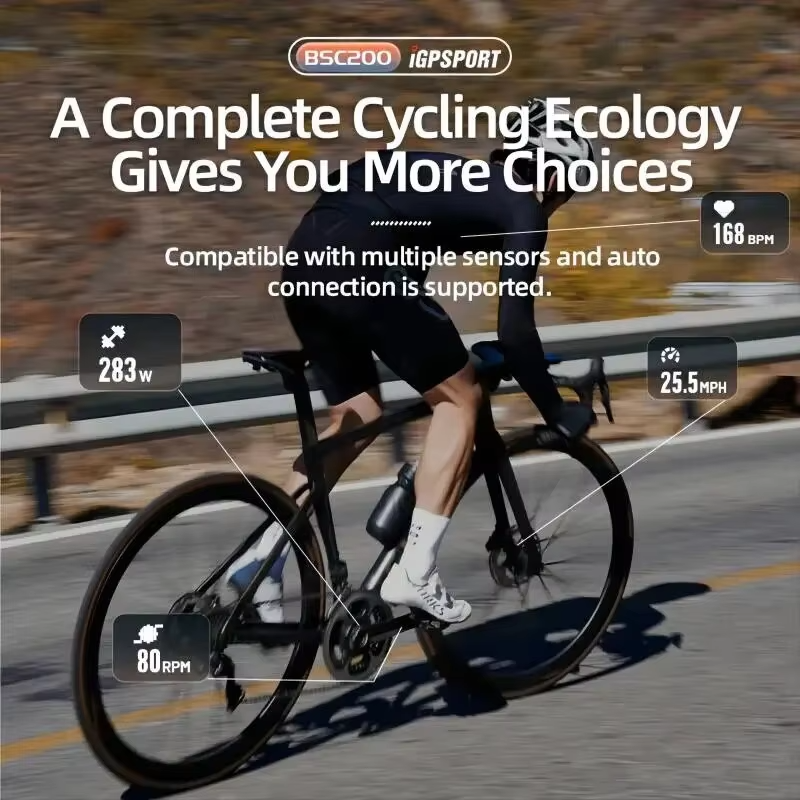Why AEO & GEO Matter for Blogs in 2025 (And How to Make Your Blog AI-Ready)
In 2025, getting found online isn’t just about Google anymore. It’s about being cited by AI. Whether it’s ChatGPT, Google’s AI Overviews, or Perplexity, the future of search is answer engines and generative interfaces.
If your blog isn’t optimised for these, you’re invisible.
This guide breaks down:
-
What AEO and GEO mean
-
Why they’re critical now
-
A step-by-step blog blueprint to get you seen and cited by AI
🔍 What Is AEO (Answer Engine Optimisation)?
AEO is the process of optimising your content to be directly quoted or referenced by AI-powered answer engines (e.g. ChatGPT, Gemini, Perplexity). These tools don’t return links like search engines—they generate answers.
How AEO works:
-
AI scans millions of web pages to find clear, concise answers to user queries.
-
It prefers content that’s structured, factual, and easy to quote.
-
If your blog provides that, you become the source.
🤖 What Is GEO (Generative Engine Optimisation)?
GEO is about making your content usable as training fuel and response data for AI platforms.
GEO requires:
-
Semantic structure: Use headers, lists, and clear language
-
Context depth: Avoid shallow keyword-stuffing; show expertise
-
Credibility signals: Author bios, citations, real-world experience
GEO is more than visibility—it’s about shaping the answers AI gives.
🧠 Why These Matter More Than Ever in 2025
-
Zero-click searches are exploding. Users get answers without visiting your site.
-
AI platforms are displacing traditional search engines. Your blog must serve both.
-
Featured snippets are no longer enough. You want AI to quote you directly.
If you’re not optimized for AEO/GEO, you’re left behind while competitors dominate AI answers.
🛠️ Step-by-Step: The AI-Ready Blog Post Blueprint
✅ 1. Start with a User-Centric, Question-Based Title
Example:
“Why AEO & GEO Matter for Blogs in 2025 (And How to Make Yours AI-Ready)”
Why it works:
-
Poses a clear question
-
Indicates value
-
Mirrors how users and AI phrase searches
✅ 2. Add a Brief, Punchy Intro That Frames the Problem
-
Keep it under 100 words
-
Use real-world context (e.g., “In 2025, getting found isn’t just about Google anymore.”)
✅ 3. Use H2S That Are Searchable Questions
Examples:
-
What Is AEO?
-
How Does GEO Work?
-
Why Is AI Optimization Critical in 2025?
AI tools love content that matches user intent word-for-word.
✅ 4. Provide Direct, Structured Answers
-
Use bullets, numbered lists, and tables
-
Keep sentences short
-
Remove fluff
🧠 Pro Tip: The shorter and more digestible your answers, the more quotable they are.
✅ 5. Build EEAT (Expertise, Experience, Authority, Trust)
-
Add author bios
-
Link to original data or case studies
-
Mention real projects or industry insight
AI is trained to value trustworthy sources. Don’t just be accurate—be credible.
✅ 6. End with Actionable Value or a Call to Action
Let readers and AI know what to do next.
Example:
“Want help making your blog AI-ready? Start with your most popular post and reformat it using this blueprint.”
🚀 Bonus: Technical Tips to Boost AEO/GEO Performance
-
Add schema markup (FAQ, HowTo, Article)
-
Use structured HTML headers (H2-H3) for clean parsing
-
Create a Q&A or FAQ section near the bottom
-
Keep URLs, meta titles, and slugs clean and descriptive
-
Use alt text on all images that reinforces keywords
📈 Real-World Impact: What You Gain
✔ Increased citations in ChatGPT / Gemini / Perplexity
✔ Higher trust and visibility in zero-click searches
✔ Lower bounce rates from clearer, useful content
✔ Competitive edge in AI-dominated SEO space
Final Thoughts
AEO and GEO aren’t optional anymore—they’re how people (and AI) find and trust your blog in 2025. This isn’t a trend. It’s a survival tactic.
You don’t need to reinvent your whole site—just start optimising your next blog post using the blueprint above. Let AI do the work for you by giving it the content it wants.



